This week’s digest is guest edited by British author
, who writes on Substack. Henry’s post about opsimaths struck a chord with readers here in 2021 and remains one of his most popular posts to date. His book about late bloomers, Second Act, will be published this May.When I recently asked one of my favorite Substackers,
, what makes a great Substack, he immediately said “shop talk”: people who write about how stuff actually works; explainers who go under the hood and reveal the mechanics of the world. And it’s true that all over Substack, you can find useful and revealing pieces about the way things really work.Guest editing Substack Reads, I found so many great pieces of shop talk: an interview about what it’s like to be a scientist setting up new institutions during the American occupation of Iraq; a reflection from a professor about what it’s like to grow up without your work being graded; an economics writer explaining how building market-rate housing decreases rents; an art critic describing why Botticelli’s Saint Sebastian is so hauntingly beautiful; a recipe for making standout hummus.
Infovores aren’t just looking for words, though. Whitney Barkman’s photos of the forest in British Columbia and David E. Perry’s stunning pictures of woodpeckers in Southern Arizona make a nice way to round off a selection of posts about shop talk. Sometimes, instead of having the world explained, you want it shown to you fresh and vividly unfamiliar.
FINANCE
Market-rate housing will make your city cheaper
“Noah Smith is excellent at applying counterintuitive economic ideas to real-world situations. In this piece, he shows why the housing shortage in many Western countries could be solved by building homes at the market rate. It won’t push rents up, he says, but help to bring them down”
—
inThink about a city where everyone owns a Honda Civic, which sells for $26,000. And then you build a Lamborghini and offer it for sale in that city for $300,000. Maybe some rich person ditches their Civic for the Lambo, or maybe some rich person moves into the city and buys the Lambo. Either way, the average price of cars in the city has gone up, since now there’s an expensive Lamborghini in the average.
But did building the Lambo make cars in the city less affordable? No, it didn’t! A Civic still costs $26,000. There are still the same number of Civics, so everyone can still get a $26,000 Civic if they want one. No one is being forced to pay more for a car than they were before the Lambo was built. The rise in the average price of a car is purely a statistical quirk.
In fact, the arrival of the Lambo will probably make cars more affordable in this city. If one rich person ditches their Civic to buy the Lambo, that means there’s one more Civic on the market in this town. Suppose the town starts with 10,000 people, each with a Civic. Then, after the richest person puts their Civic on the market, you now have 9,999 people and 10,000 Civics. That means the price of a Civic will go down—whoever’s selling that extra Civic will have to offer it at below $26,000 to get someone to buy it as their second car. That price cut will lower the average price of Civics in this town.
Ta-da! Building an expensive car made cars in general more affordable.
ART
Muse among the drafts
“What makes Botticelli’s Saint Sebastian so haunting? Poet and art writer Alice Gribbin finds the inspiration of Botticelli’s muse in a drawing he made to prepare for one of his most superb paintings”
—
inSaint Sebastian by Sandro Botticelli is the first superlative nude in the history of Western painting. No male figure in art could be said to be more beautiful than Botticelli’s saint. His beauty is haunting—which is to say, he is more than beautiful. An artwork may be supremely beautiful and utterly forgettable. What is it about this painting that is haunting?
It was hung on January 10, the saint’s feast day, 1474, inside the church of Santa Maria Maggiore in Florence, a short walk from the neighbourhood where Botticelli was born, died, was buried, and, not counting his year in Rome painting the walls of the Sistine Chapel, lived his entire life. Its subject was immensely popular in art throughout Europe at the time. Legend held that Sebastian, a praetorian guard in the Roman army, was sentenced by Diocletian to death by arrow-fire for his faith and conversion of soldiers and prisoners under his watch. The saint’s cult arose in the fourth century; he would come to be worshipped as a protector against the plague. By the time of Botticelli’s commission, veneration of the saint was at its peak. Thousands of Sebastians would be painted for churches and chapels over the next two centuries.
EDUCATION
I grew up oblivious about grades. It ruined me.
“What would it be like to grow up without ever receiving grades on your work? No dread anticipation of the a, b, c… Professor Josh Brake was homeschooled, which meant he never got a grade on his work until high school. In this essay, he explains that a lack of grades doesn’t mean a lack of assessment, and gives his ideas for how we might change education in the future. (My homeschooler wife, , recommended this piece)”
—
inI didn’t get a report card until high school. Growing up without grades ruined me because I can’t help but see all the ways that grades detract from learning.
Grades themselves aren’t the core of the issue, but they’re certainly part of it. If we really want our educational system to be about learning, we’ve got to rethink how we’re using grades. The lessons I learned from being homeschooled as a kid gave me a taste of what this might look like. It looks a lot more like gardening than cranking parts out in an assembly line.
A year in the forest: looking back
“A Canadian photographer continues her series of stunning photo essays. This week, images from July to September that start with summer greens and end with autumnal reds. Mesmerising”
—
in —recommended byHello, my fellow quiet seekers.
We left things last week on the cusp of summer; June was coming to a close, the days were getting warmer, and the frenetic energy of spring was beginning to settle.
Wildflower season continued, blooms were drenched in buttery summer sunlight and swayed gently in warm breezes.
GOVERNANCE
How to recruit Iraqi weapons scientists
“From sleeping in bunk beds in Saddam Hussein’s palace to arguing with State Department lawyers to picking up bags full of cash (literally), this is a fascinating interview with Alex Dehgan about his time in Iraq as Science Advisor for the Bureau of Near Eastern Affairs. Every paragraph is a revelation”
—
in“It was so bad at that time. I was flying back to the embassy in Kuwait, filling up a backpack with $20, $30, $50 thousand in cash, signing for it personally, and then flying to Iraq and running this $2 million program, entirely in cash. I had a little receipt book and I was writing receipts for everything, but that was the level at which we had to operate to actually be able to make this program work.
We had a very clear mission. We could use the authority of the State Department whenever the CPA was a barrier to what we were trying to do, but sometimes the State Department itself was a barrier.”
FOOD
Mastering hummus
“The secret to great hummus? Not honey but a boiled carrot…”
—
inFirst, we needed the right garbanzo beans. The best way to make hummus is to cook your own beans fresh. But that takes too much time. I tried various brands of canned beans, but the results were lackluster. Then I came across some pre-steamed, vacuum-packaged garbanzo beans from Melissa’s Produce. They were perfect. Still sweet and rich, without that tinny flavor you get from the aluminum in a can. There isn’t any brine, so the texture is perfect too. If you can find vacuum-packed cooked and peeled garbanzo beans in your grocery store, grab them. You can also order them online from Melissa’s Produce. These are hands-down the best beans to use. BTW, I am not compensated in any way to say this, it’s just the truth.
Next, I wanted to add richness and flavor to the mix that could cut the bitterness of the tahini. I tried honey and maple syrup, but the flavor was too bold. I decided to boil a carrot and add it to the mix. It was perfectly sweet and added some much-needed vegetal flavor as well. Thus the perfect recipe was born.
HISTORY
The second soul
“This essay explains the secret history of salt: its uses in food and agriculture, the things people used to believe about it, the myths we still believe about it today, its role in the global economy, and its fundamental importance to health, wealth, and happiness throughout history”
—
inHere’s a riddle.
There was a product in the seventeenth century that was universally considered a necessity as important as grain and fuel. Controlling the source of this product was one of the first priorities for many a military campaign, and sometimes even a motivation for starting a war. Improvements to the preparation and uses of this product would have increased population size and would have had a general and noticeable impact on people’s living standards. And this product underwent dramatic changes in the seventeenth and eighteenth centuries, becoming an obsession for many inventors and industrialists, while seemingly not featuring in many estimates of historical economic output or growth at all.
The product is salt.
PHOTO ESSAY
Peckerwoods
“Exceptional pictures of woodpeckers in Southern Arizona: ladder-backed, gila, Arizona, and acorn woodpeckers, all caught in candid, detailed shots. Living in London, I can only dream of seeing birds like this”
—
inI spent time last week with so many woodpeckers, whether in a forest of towering Saguaro cactus or all alone, miles up a mountain trail just after sunrise. Acorns, Arizonas, Gilas, Gilded Flickers, Ladder-backeds: peckerwoods all. So many, so different, so much more abundant than in my normal woodland haunts here at home. I was in peckerwood heaven.
So, for what it’s worth and for your viewing pleasure, a handful of the stunningly beautiful woodpeckers encountered over the course of a week of hiking and contemplating, attempts to realign my inner compass, that same kid in a somewhat more geezerly stage gone blissful and walkabout in Southern Arizona.
Recently launched
Notes from this week’s guest editor
Noteworthy
Inspired by the writers featured in Substack Reads? Writing on your own Substack is just a few clicks away:
Substack Reads is a weekly roundup of writing, ideas, art, and audio from the world of Substack. Posts are recommended by staff and readers, and this week’s edition was guest edited by
of . Subscribe to Henry Oliver’s Substack, The Common Reader, and be sure to pre-order his book, Second Act!Got a Substack post to recommend? Tell us about it in the comments.







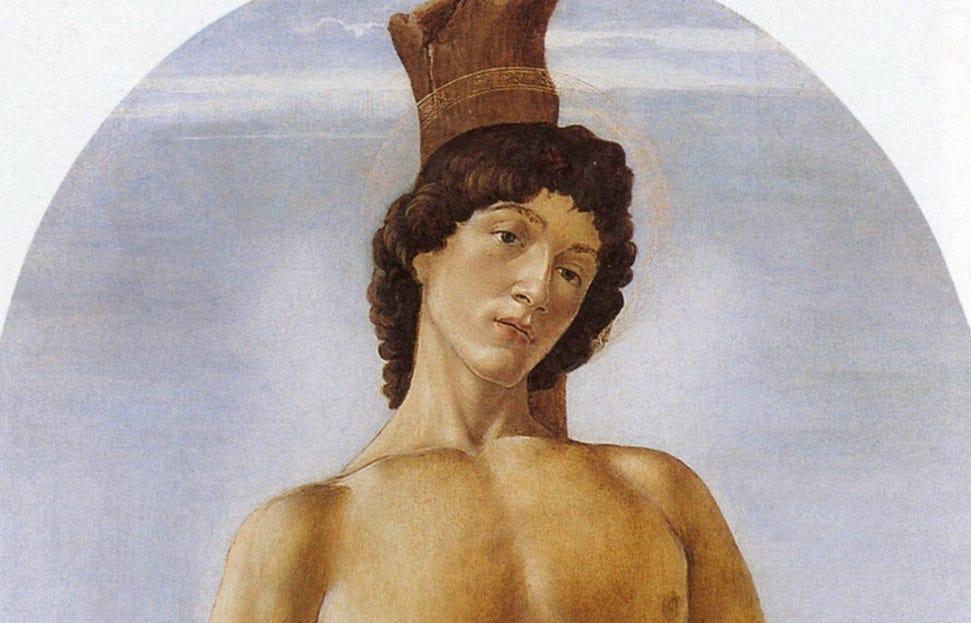

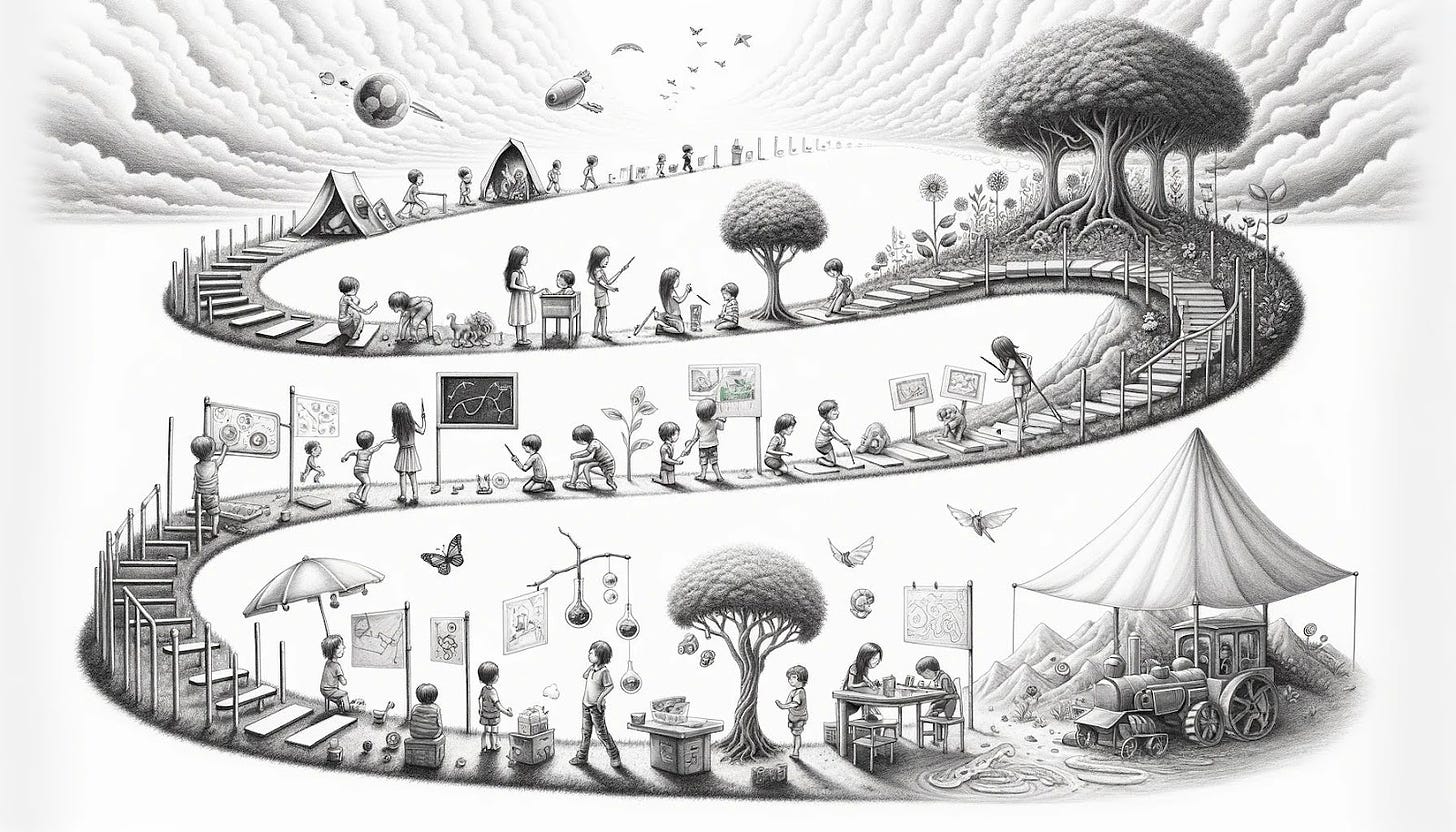


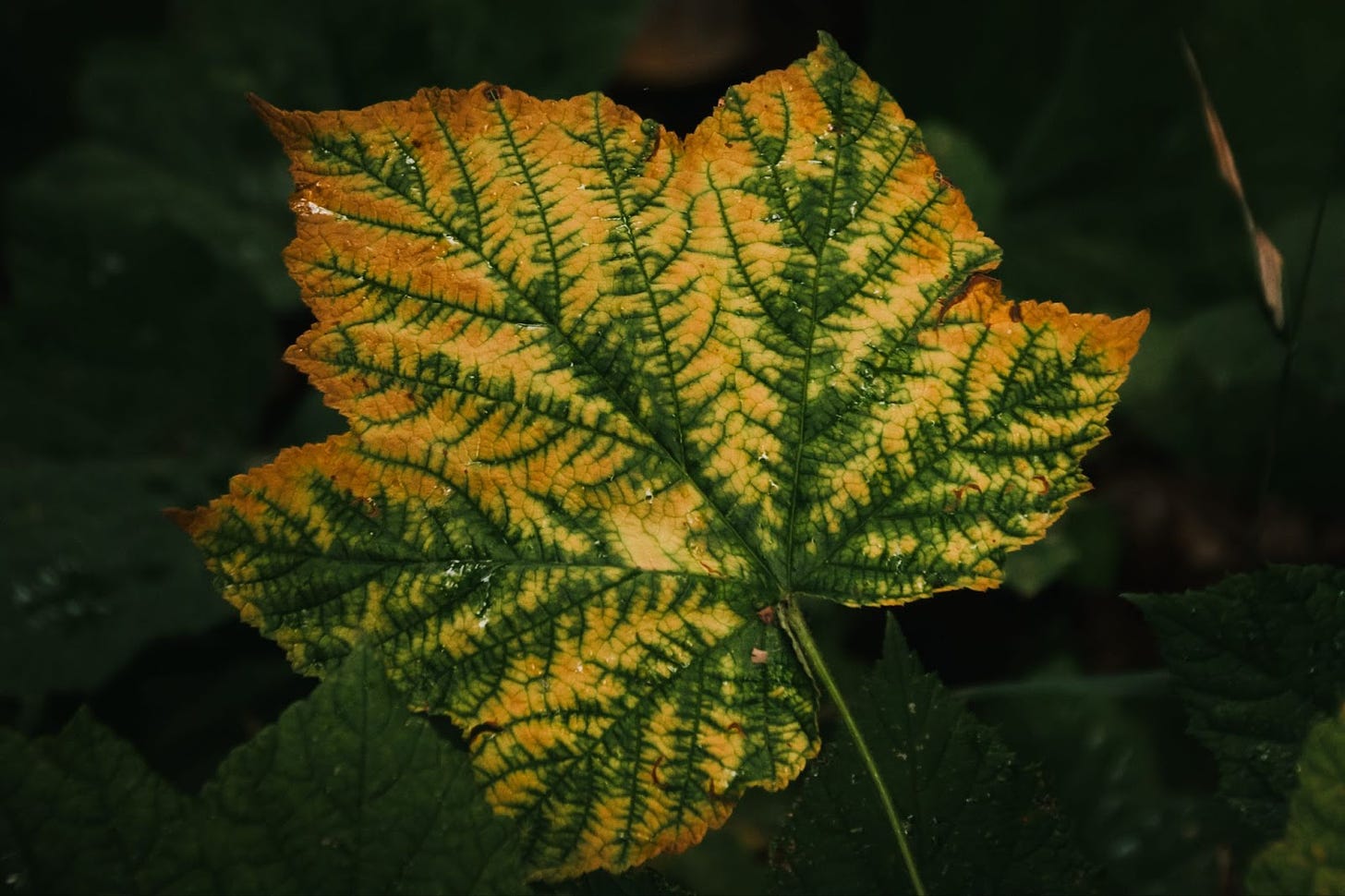




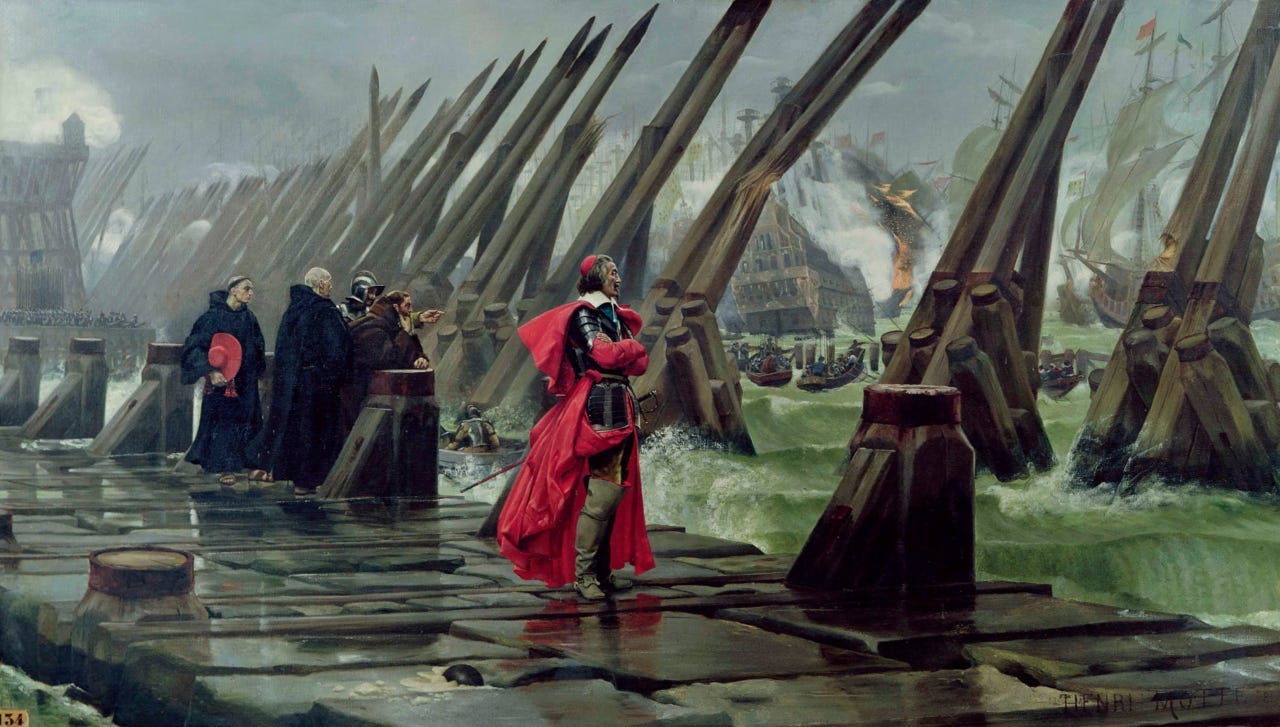

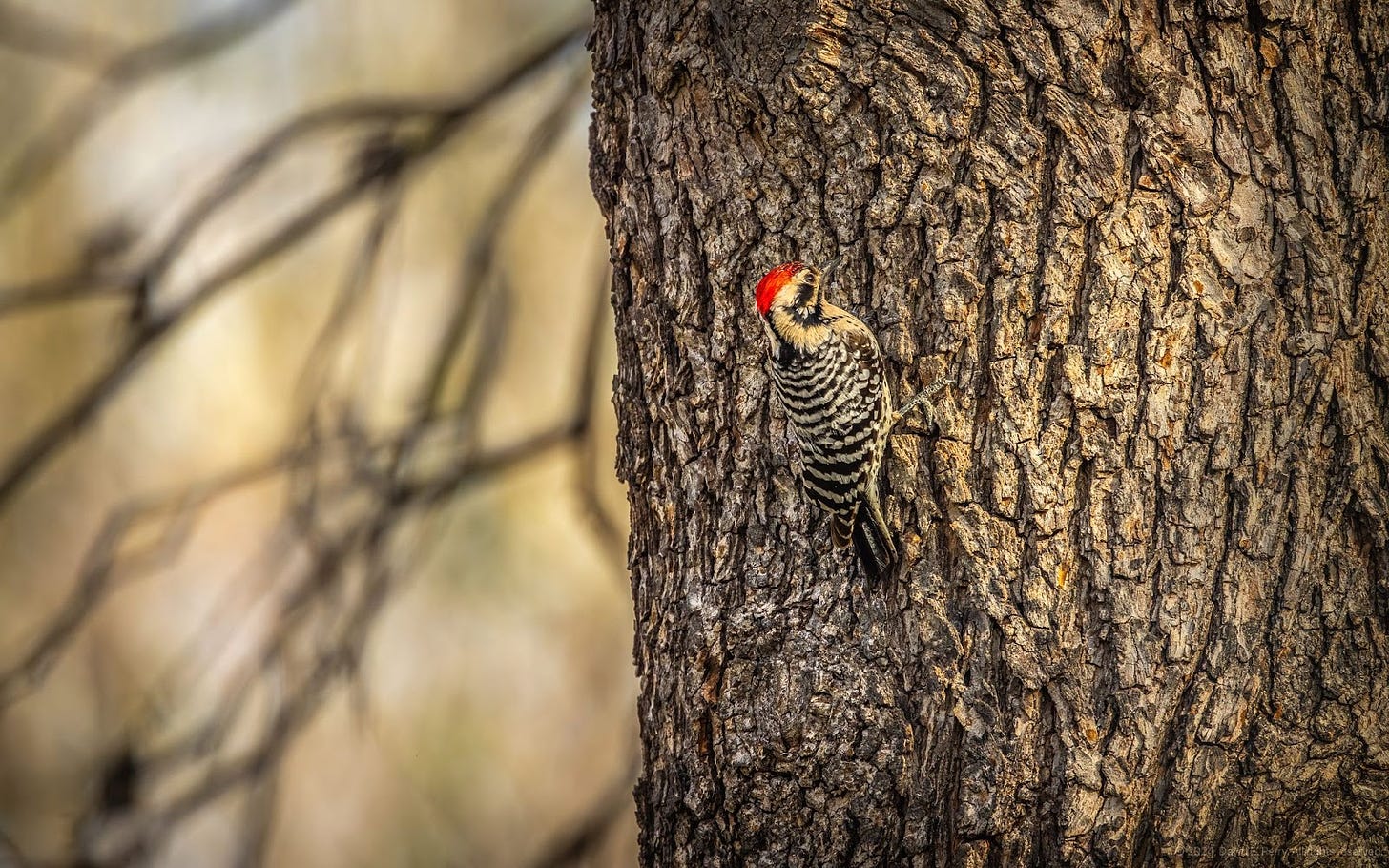








I was hoping "being a scientist in a war zone, and mastering hummus" would be contained in a single piece of writing so I am disappointed
Whitney’s photos are so beautiful and I am glad they are being shared here 🌿